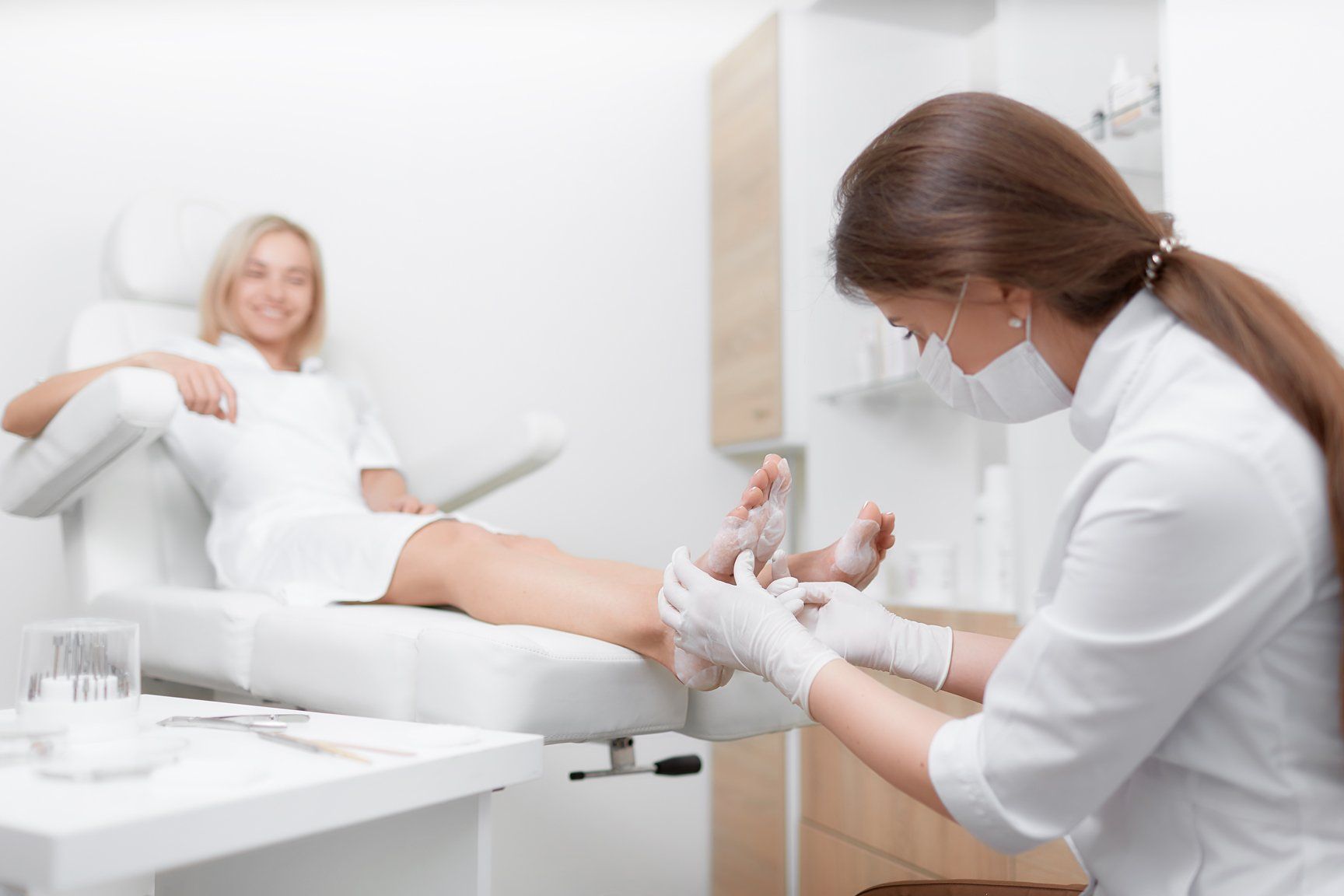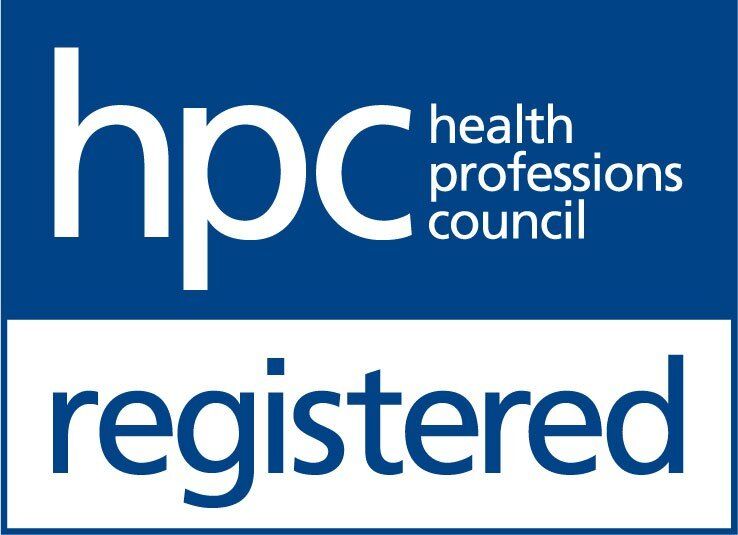Heel Pain
When walking, your heels repeatedly hit the ground with considerable force. They have to be able to absorb the impact and provide a firm support for the weight of the body. When pain develops in the heel, it can be very disabling, making every step a problem, affecting your posture. There are various types of heel pain. Some of the most common are: Plantar fasciitis; heel bursitis and heel bumps.
Common symptoms:
Plantar fasciitis: the pain is usually worst on standing, particularly first thing in the morning when you get up. It is relatively common, though usually occurring in the over forty's age group. There are no visible features on the heel but a deep localised painful spot can often be found in or around the middle of the sole of the heel.
Heel Bursitis: pain can be felt at the back of the heel when the ankle joint is moved and there may be a swelling on both sides of the Achilles tendon. Or you may feel pain deep inside the heel when it makes contact with the ground.
Heel Bumps: recognised as firm bumps on the back of the heel , they are often rubbed by shoes causing pain.
Recommended treatments
Pantar fasciitis: cushioning for the heel is of little value. Your chiropodist/podiatrist may initially apply padding and strapping to alter the direction of stretch of the ligament. This is often successful at reducing the tenderness in the short term. In the long term, your chiropodist/podiatrist may recommend a biomechanical assessment and or gait analysis to prescribe special insoles (orthoses) to help the feet to function more effectively, thereby reducing strain on the ligaments, reducing pain and making any recurrence less likely.
For an appointment or more information please email newcastlefootclinic@live.co.uk or call 0191 2618375.
If pain from Plantar faciitis continues, you may be referred to your GP who can prescribe an oral non-steroidal anti-inflammatory. Alternatively, localised hydrocortisone injection treatment may be given by your GP or an appropriate chiropodist/podiatrist. If pain persists, surgery may be considered.
Heel Bursitis: in most cases, attention to the cause of any rubbing, and appropriate padding and strapping by your chiropodist/podiatrist will allow the inflammation to settle. If infection is present, your chiropodist/podiatrist will refer you to your GP for antibiotics.
Heel Bumps: adjustments to footwear is often enough to make them comfortable. A leather heel counter and wearing boots may help. However, if pain persists, surgery may be necessary.
Please email newcastlefootclinic@live.co.uk or call 0191 2618375 for an appointment with a podiatrist.












